
Welcome to PluginSolar.info! The goal of this website is to bring plugin solar to the world by providing all the info you need to get started. So let’s begin with the obvious:
What is plugin solar?
To make a long story short: plugin solar is the simplest way to produce your own electricity. You do not need an electrician or a lot of paperwork in order to use it. You can technically simply plug it into an existing power socket and when the sun comes up, it will automatically start producing electricity for your household. This will reduce your consumption from the grid and by that save you enough money to make up for the purchase and even create a surplus. And the best thing: It’s ridiculously simple!
You just need a kit made of three core components.
the solar module
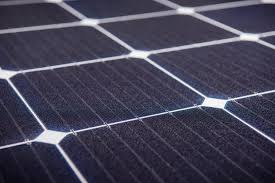
A solar module can be made of glass or much lighter materials and it can come in different sizes and mounting options. Solar modules are very cheap, widely used and can produce a lot of energy from sunlight.
This energy can not be used directly, however, because it is DC power and in our homes we need AC power. That’s where the second component comes in.
the mico inverter
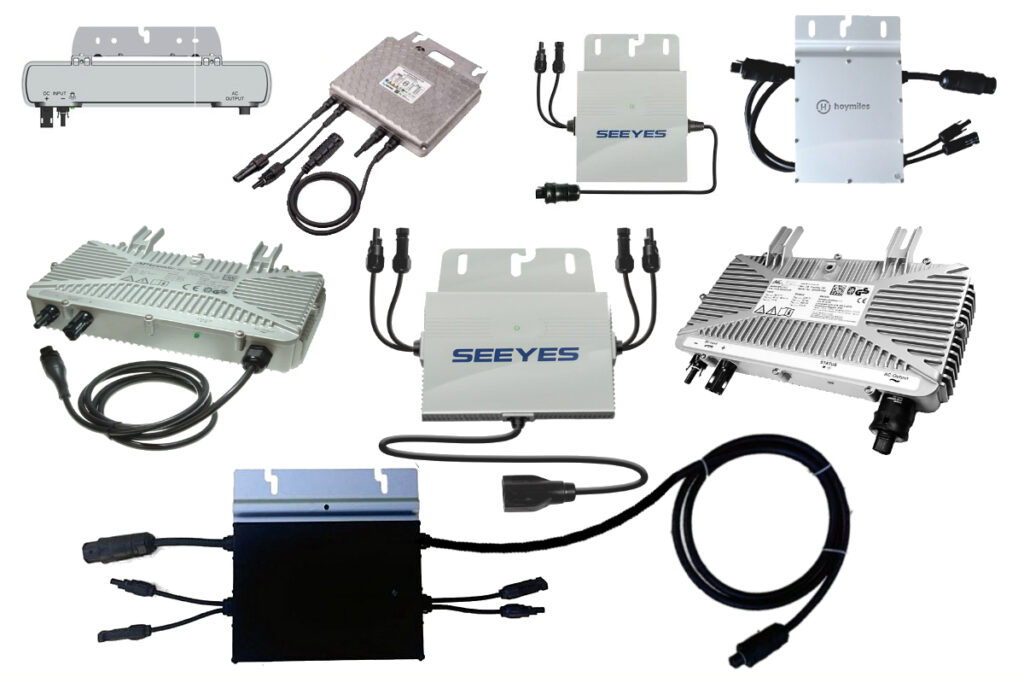
The micro inverter is about the size of a box of chocolates. simply and efficiently converts DC power to AC power and limits it according to your country’s regulations. This makes the power from the solar modules usable in your home.
After connecting it to the module or modules, it automatically detects how much voltage is coming in and transforms it into a steady stream of high quality close to perfect sine wave renewable electricity which your household appliances will find very yummy! The inverters mostly also include monitoring options via WiFi, 5G or other standards. This allows you to keep track of your current output and total yield via an app on your phone or an online platform.
the power plug
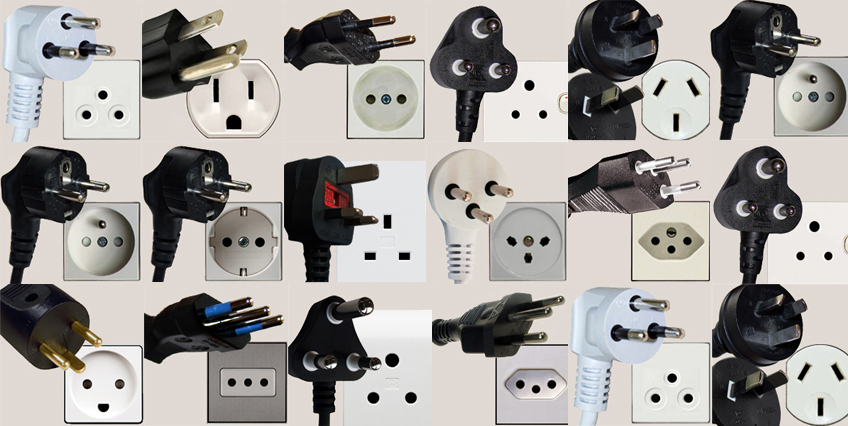
The third and final component is a simple power plug. It connects the kit with your home through a common power socket, just like a washing machine or a vacuum cleaner.
You don’t need an electrician to plug it in and you don’t need a dedicated circuit because the power limit of the inverter prevents overheating. Depending on the electrical standards in your country, the plug can have additional safety features like an RCD switch, retractable safety covers or other solutions.
How does it work?
It’s very simple: Your plugin solar kit will feed all the energy it can gather from the sun backwards through the power socket directly into your home, where it will be used up by your appliances, lights and so on. This energy replaces the energy you would usually recieve from the grid through your power meter and thus makes the power meter slow down or even stop. If you produce more than you need, which will happen from time to time, you can either let it go to the grid and improve on your country’s carbon fooprint or you can store it in a battery and use it in the evening and night.
How much can I save?
Slowing down your power meter can reduce your energy bill significantly. The exact saving potential can be easily calculated with just a few key informations.
energy yield
The intensity of solar irradiation varies, depending on your location on the planet. This leads to different annual yields of solar modules.

A 2 m² (roughly 22 ft²) module in the London area will roughly produce half of the energy that the same module would produce in San Diego, CA.
cost of electricity
If you want to calculate the savings from avoiding buying electricity from the grid, you need to know your electricity tariff. The higher the price of energy, the higher the potential savings. This might be the only time, a high energy tariff will work in your favour.
your plugin solar setup of choice
How much you can get out of a plugin solar kit depends a lot on your choice of product, it’s size and cost. You should choose one that fits your energy consumption (small consumption = small kit, large consumption = maximum size as defined by your country’s regulations) so that you can use a maximum of the self made energy directly. Even if you can get a storage system or if your country provides a feed-in compensation scheme, the most cost effective use will usually still be direct consumption.
Regarding the cost, prices have dropped significantliy in the last years. Although comparing prices is useful, you should never go for the cheapest option. Choose a set from a trustworthy company with quality components and a reliable warranty and service policy. This will make it much more likely that you can use your kit for decades without having to replace or repair any parts.
calculation
If you have these three topics cleared, calculating your savings is very simple:
annual savings = annual yield * direct consumption rate * cost of electricity
From there it’s easy to calculate how long it will take until you have your investment back and how much you can save in total.
Is it safe?
Now, this is a key question, isn’t it? Electricity does have its risks, no matter if it comes from the utility or if you make it yourself. Luckily, plugin solar kits have been around long enough to work out all the kinks. Plugin solar kits can withstand all common weather conditions. If you pull the plug or if there’s a power outage, they turn themselves off automatically within milliseconds, so that touching the pins of the plug is risk-free. Your country’s electricity standards will define, how powerful your kit can be. Stick to that and you will have years of carefree energy production ahead of you.
Conclusion
Plugin solar is the fastest way to become a little more energy independent. It’s easy and can save you money. But the best thing is: It’s just so much fun! To watch your power meter stop completely or to check your phone for the savings you make in this very moment by producing green energy is an amazing feeling!
You want to know more? Subscribe to our newsletter!
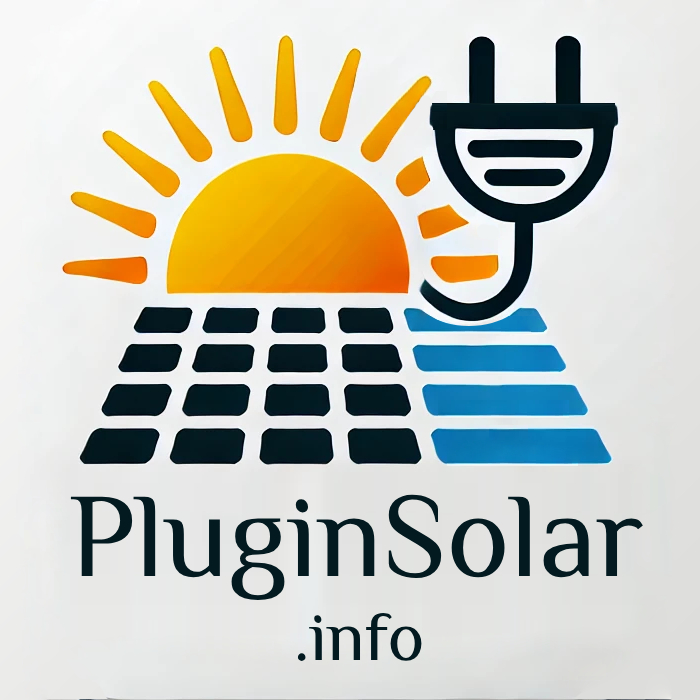

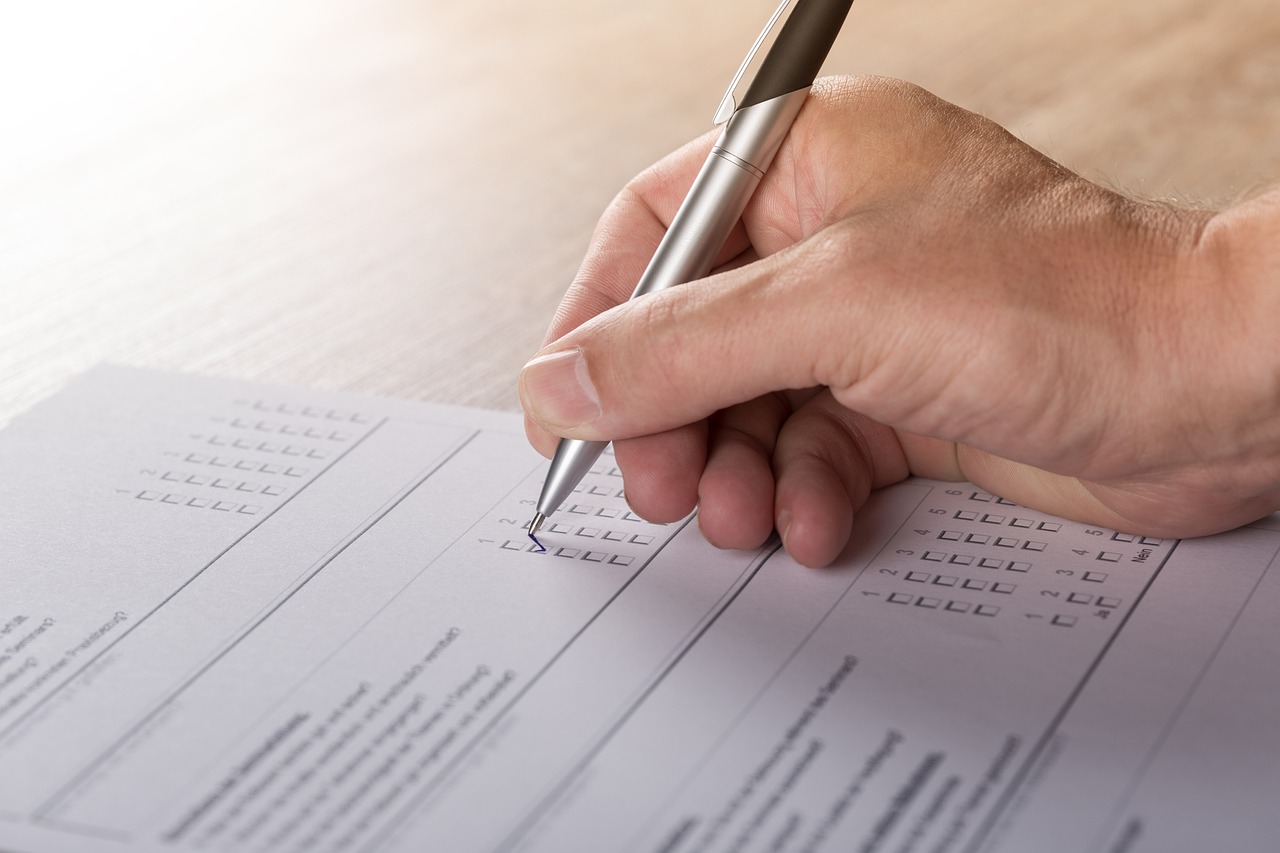
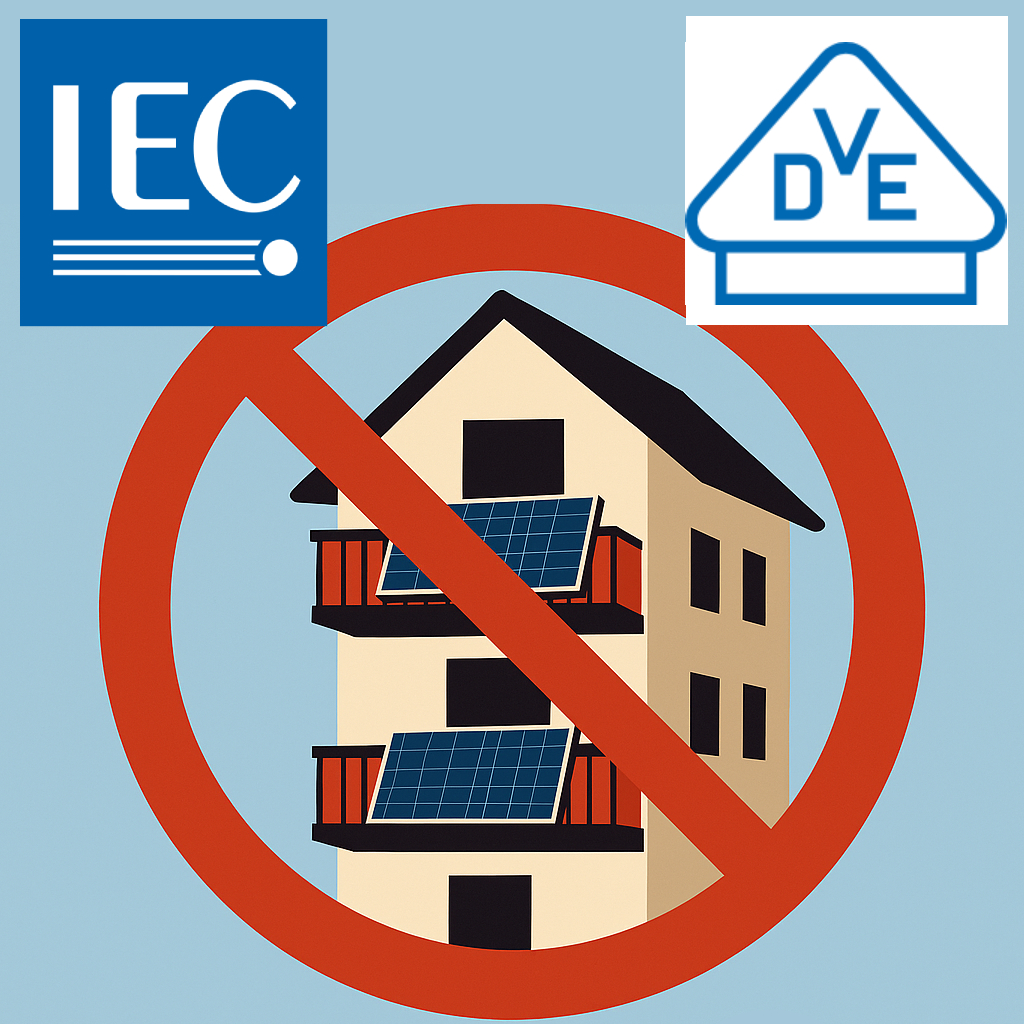

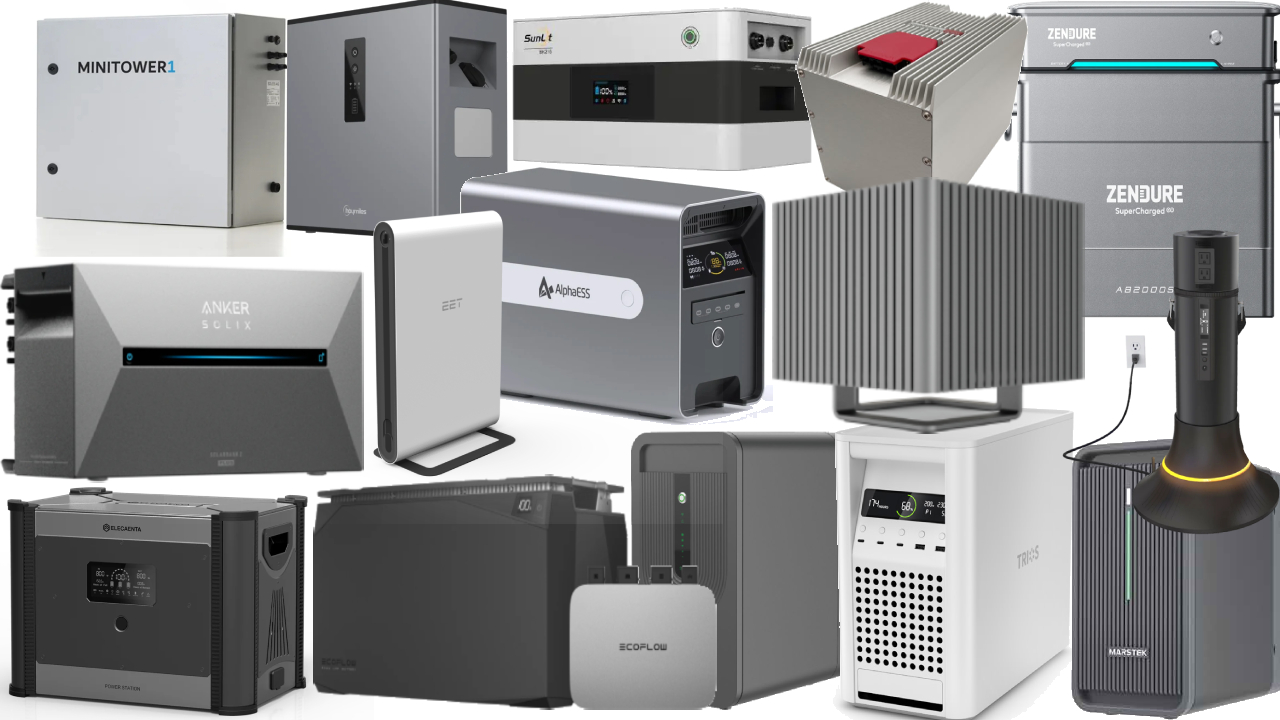


German speaking readers will find general information about the state of affairs with plugin solar in Germany on MachDeinenStrom.de.
Deutschsprachige Leser finden auf MachDeinenStrom.de umfassende Informationen zum Thema.
Pictures would be great,thanks for your work
Hi Juri, thank you for the suggestion, we have added some more images to illustrate the components.